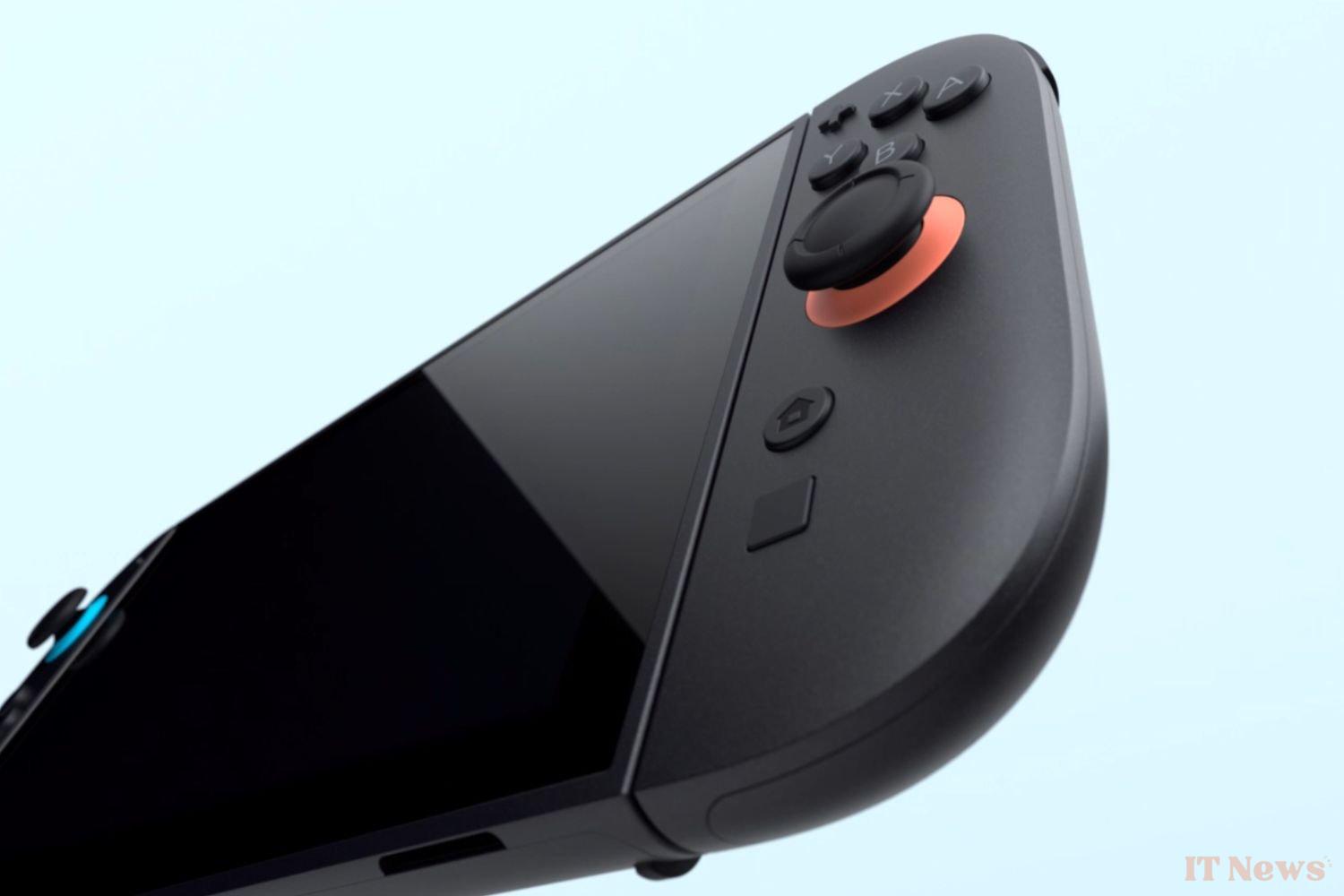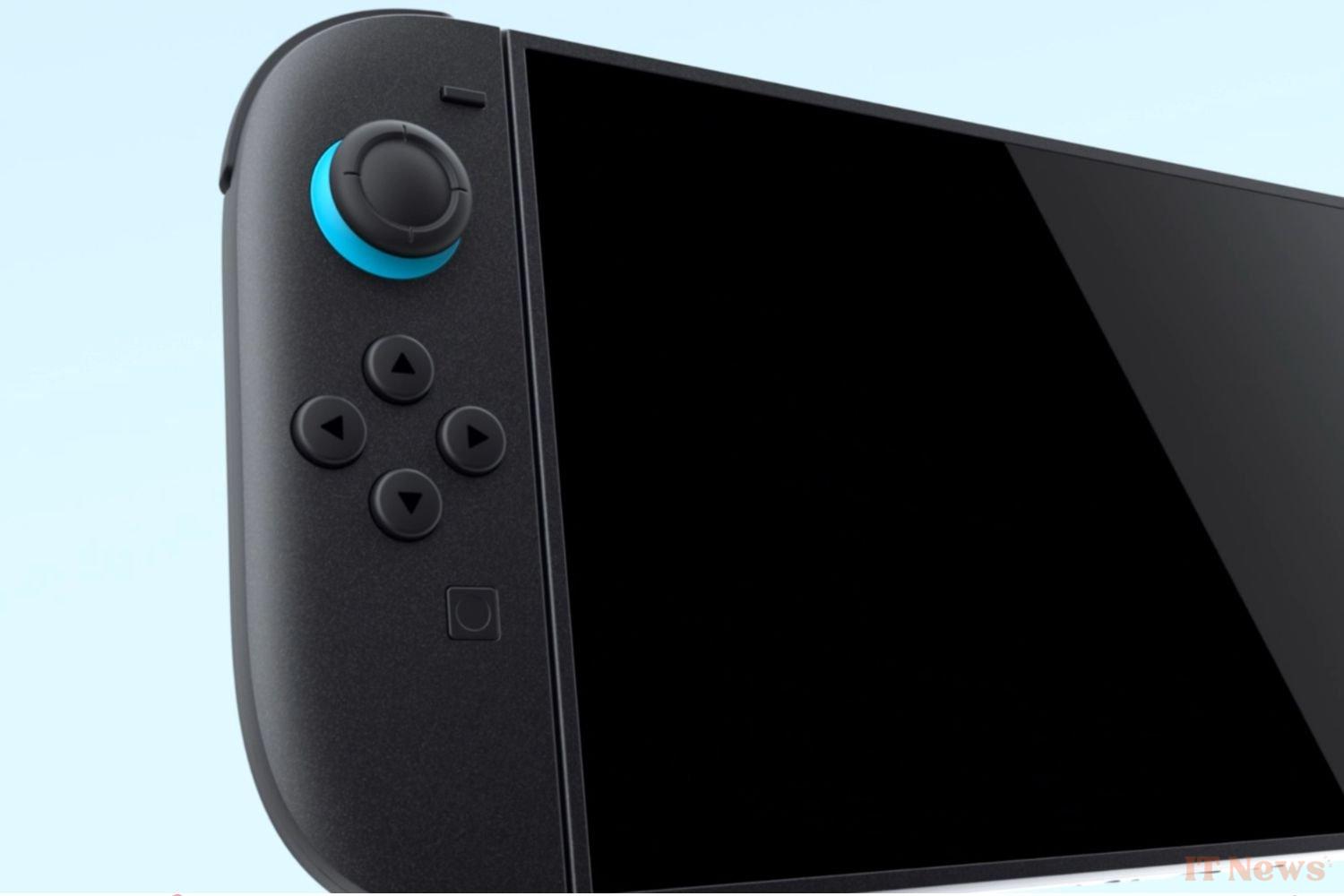After many months of rumors and expectations, and following (very) many leaks, Nintendo has finally broken its silence to officially unveil the Nintendo Switch 2.
A little less than three months after the brief presentation, similar to their presentation in 2017 for the first Switch, Nintendo revealed all the information we were waiting for with the console's specifications, new features, etc. During a Nintendo Direct dedicated to the console.
We now know that the Switch 2 is expected on June 5, 2025, with a starting price set at €469.99 for the standard version, alone. And a price of €509.99 for the pack with the (digital) game Mario Kart World. For all the information, don't hesitate to consult our special report right here.
Now, let's get to the various comparisons. Because yes, since the first leaks, many players have been skeptical about the evolution brought by Nintendo on this Switch2. With a power relatively close to a PS4 Pro (which dates from 2016), many have had trouble seeing it as a real "new console". Ultimately, isn't this Switch2 the famous "Switch Pro" or "Switch 4K" that we were waiting for more than two years ago?
Switch 2 vs Switch Comparison (V1)
On the design side, it's clear that it's very difficult to see many differences. But, at the same time, and in Nintendo's defense, was it really possible to offer something really different? By choosing to continue the concept of the "hybrid" console, Nintendo greatly reduced its possibilities in terms of innovation for the aesthetics of the console.
But it is true that this is strange, because throughout its history, and since the release of the Nintendo NES in 1985, Big N has accustomed us to big changes from one console to another, whether with home consoles or portable consoles.
On the technical side now, it is difficult to position ourselves since Nintendo has not yet revealed all the information. The first generations of Nintendo Switch offered an Octa-core processor (4xARM Cortex-A57 + 4xARM Cortex-A53) @ 1020 MHz as well as a 256-core graphics processor powered by an NVIDIA Tegra @ 768 MHz Maxwell chip offering similar power to a PS4 and an Xbox One from 2013. Necessarily reducing its power, but still allowing for nice surprises from third-party publishers with successful ports of The Elder Scrolls V: Skyrim, Red Dead Redemption and The Witcher III: Wild Hunt.
For the moment, the only information Nintendo has shared about the machine's innards is that it is equipped with a custom NVIDIA processor. That's it. We do know, however, that the Switch 2 will be capable of 4K in TV mode (even if we don't yet know if it will be 4K Upscale or Native). The console will also be able to display 120FPS. But again, we don't know if it will only be in TV mode or if it will also be the case in portable mode.
As for First-Party studios and exclusives, we have also been treated to some great achievements on Switch 1, especially in the early years of the console's life, with some fairly technically impressive games, whether in TV or portable mode. Unfortunately, we have to admit that over the last two years, it has become very complicated with games that have stopped evolving. The most telling example was The Legend of Zelda: Tears of the Kingdom, which was extremely well optimized, but was far more beautiful and impressive than Breath of the Wild, which was released five years earlier. We're not even talking about the Pokémon games, which became the laughingstock of the internet due to their optimization and graphic rendering.
With the preview of the first Switch 2 games, we remain quite skeptical. Some titles like Mario Kart World look quite nice with a very good draw distance, enhanced by 4K and HDR, with almost no aliasing (finally). Other titles, like Donkey Kong Bananza are less impressive. Here again, it's still too early given the information we have to be able to judge properly.
While waiting for more information on the Switch 2, here is a summary table of the four machines.
| Comparison | Switch 2 | Switch OLED | Switch | Switch Lite |
| Release date | June 5, 2025 | October 8, 2021 | March 3, 2017 | September 20, 2019 |
| Launch price | €469.99 | €349.99 | €299.99 | €219.99 |
| Operating system | – | Horizon OS | Horizon OS | Horizon OS |
| Processor | Custom NVIDIA | Octa-core (4xARM Cortex-A57 + 4xARM Cortex-A53) @ 1020 MHz | Octa-core (4xARM Cortex-A57 + 4xARM Cortex-A53) @ 1020 MHz | Octa-core (4xARM Cortex-A57 + 4xARM Cortex-A53) @ 1020 MHz |
| Graphics Processor | Custom NVIDIA | 256 NVIDIA Tegra cores @ 768 MHz Maxwell | 256 NVIDIA Tegra cores @ 768 MHz Maxwell | 256 NVIDIA Tegra cores @ 768 MHz Maxwell |
| Storage | 256Gb | 64Gb | 32Gb | 32Gb |
| Screen size | LDC 7.9 inches (approx. 20 cm) | 7-inch OLED (approx. 17.7 cm) | 6.2 inch LED (approx. 15.7 cm) | 5.5 inch LED (approx. 13.8 cm) |
| Resolution | 4K (TV) / 1080p (portable) – Up to 120 FPS | 1080p (TV) / 720p (portable) – 30FPS | 1080p (TV) / 720p (portable) – 30 FPS | 720p – 30 FPS |
| Autonomy | Between 2h and 6.5h | Between 4.5h and 9h | Between 5 a.m. and 9 a.m. | Between 3am and 7am |
| Touch | Yes | Yes | Yes | Yes |
| Porth Ethernet | Yes | Yes | No | No |
| Weight | 400 grams | 420 grams | 398 grams | 275 grams |
Unsurprisingly, the Switch 2's specs are well above the previous generation's (although it's still difficult to judge raw power without CPU and GPU information). However, the Switch 2 suffers in terms of battery life, offering the worst battery life in the range.





0 Comments